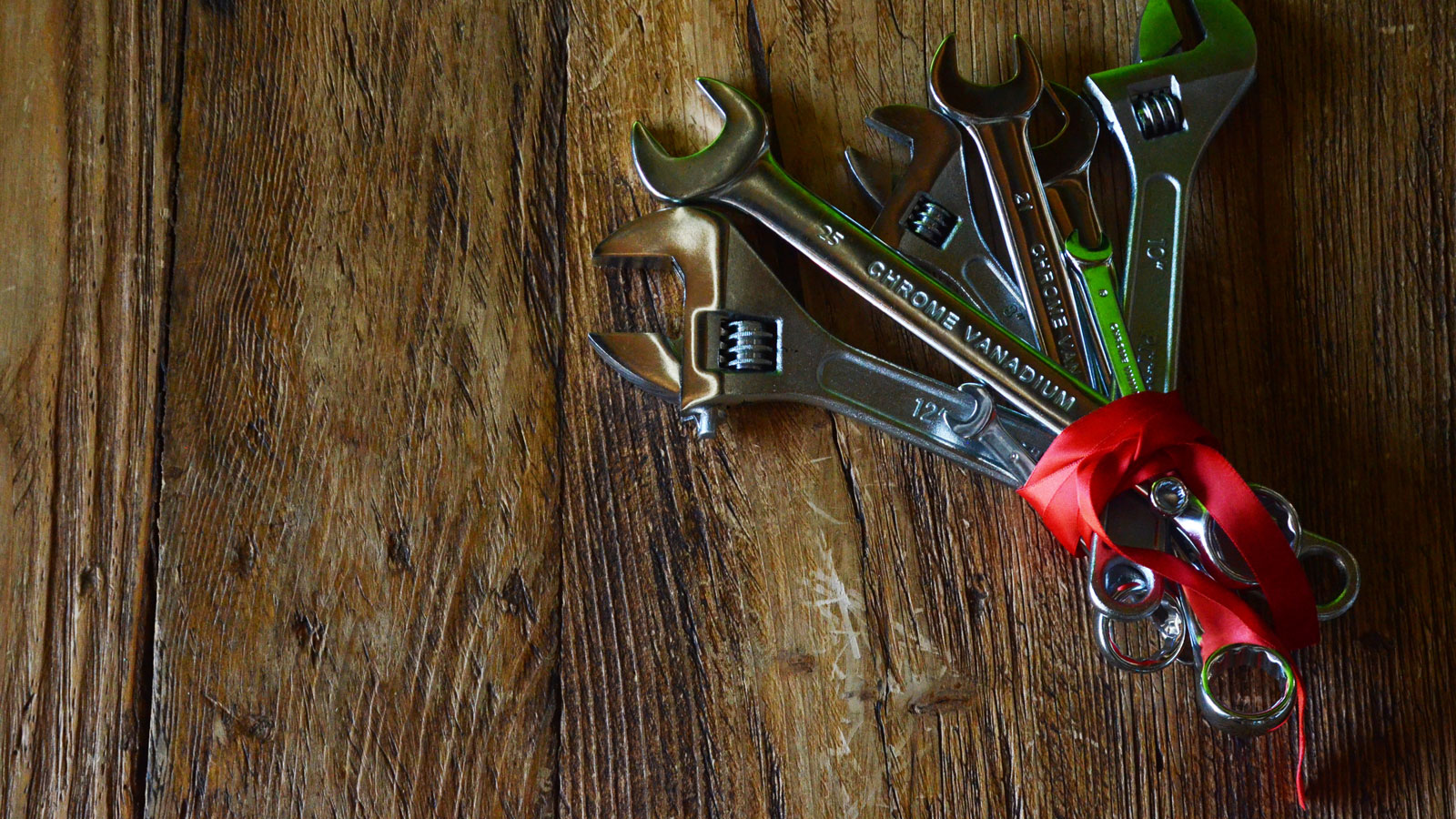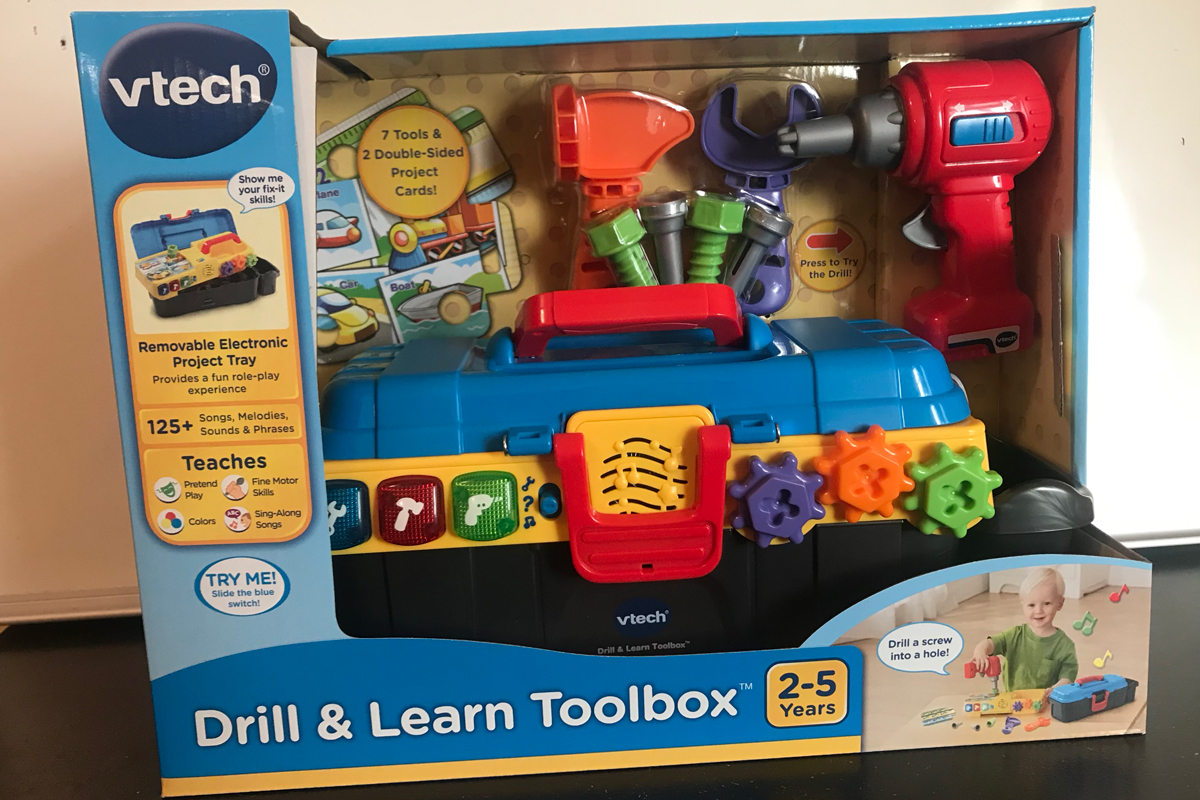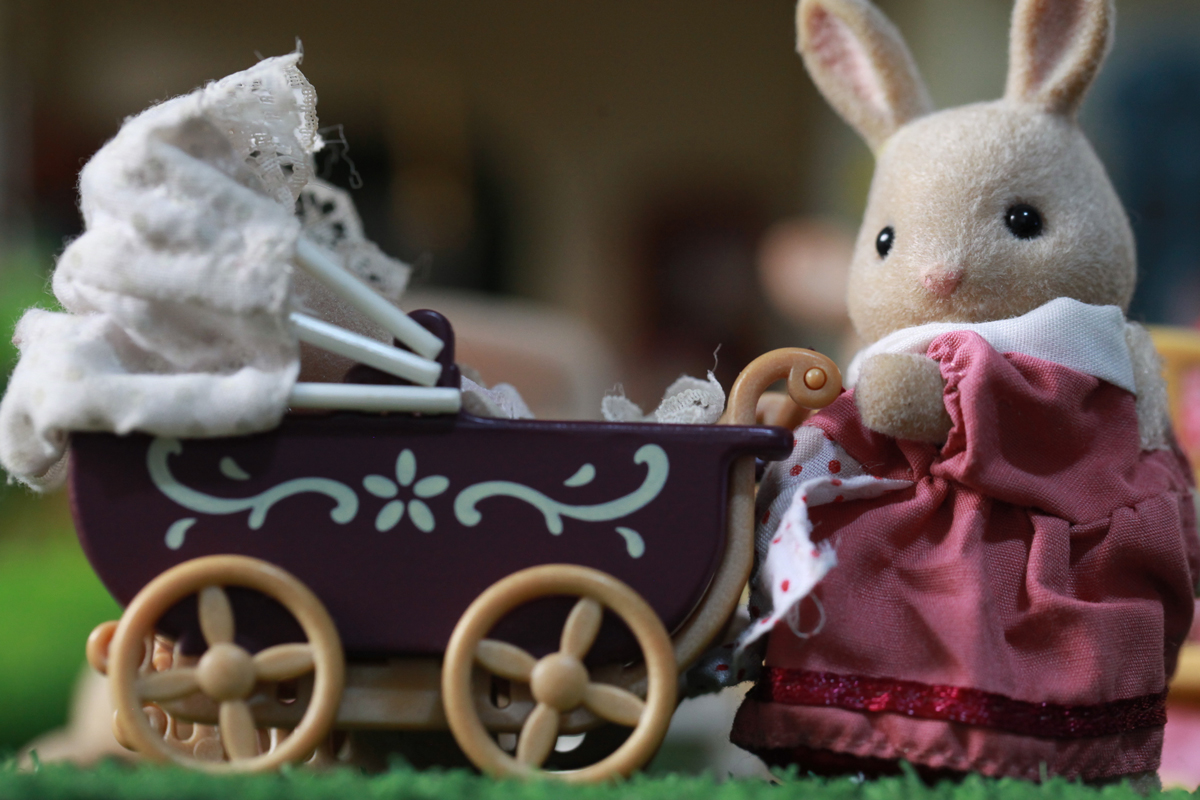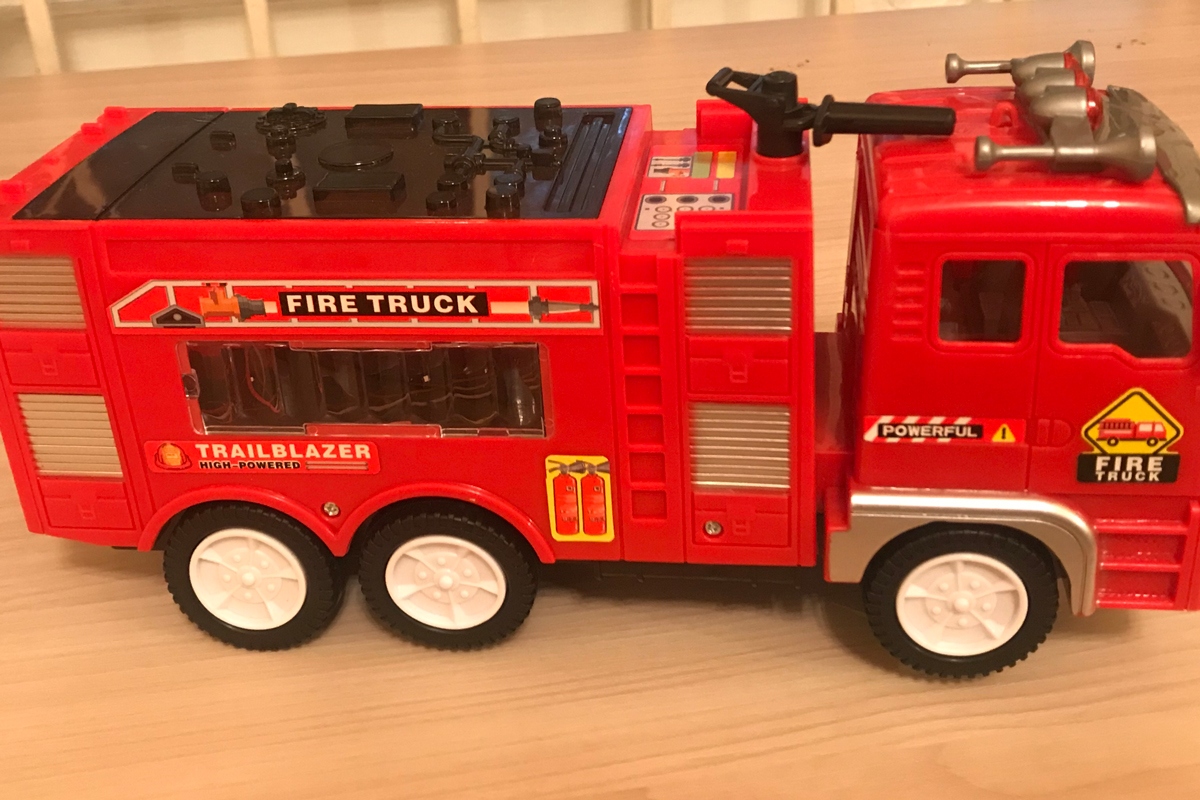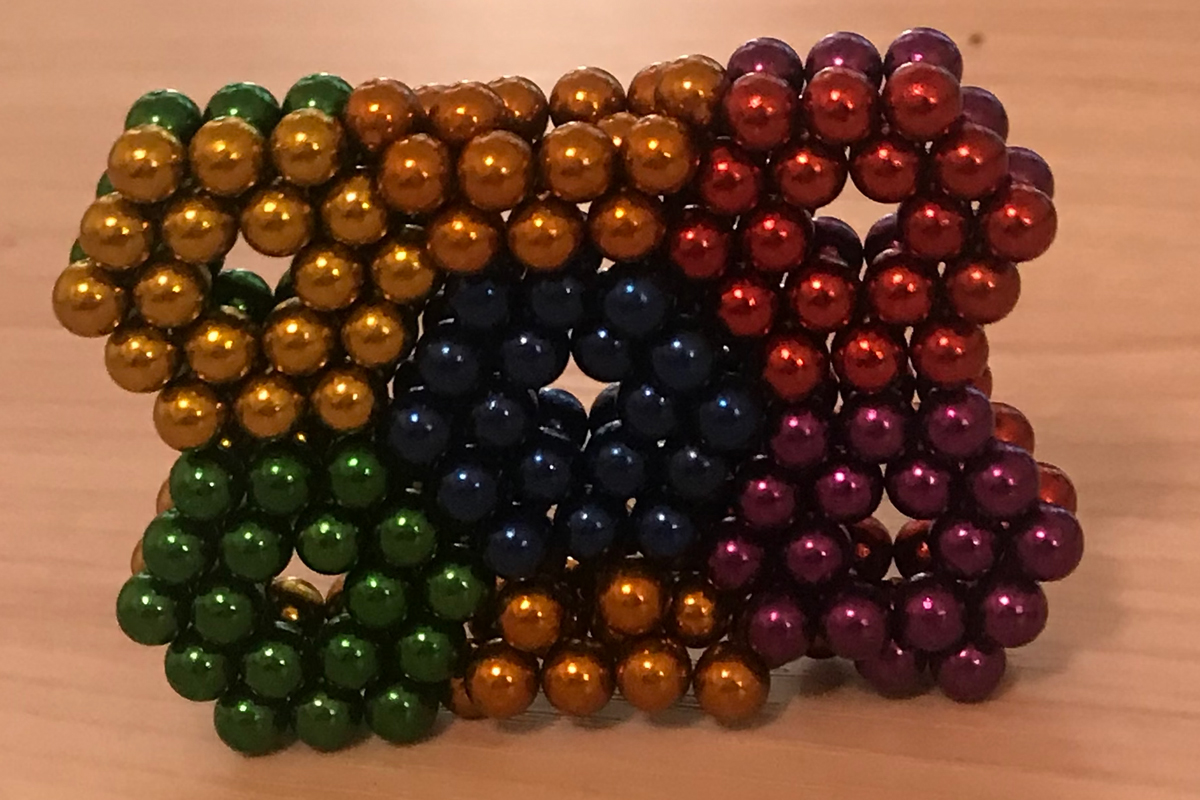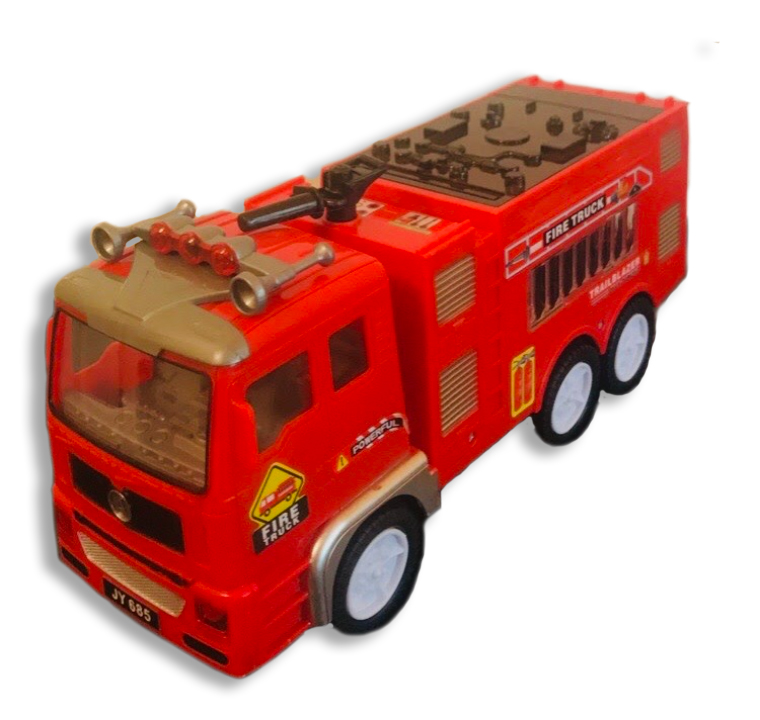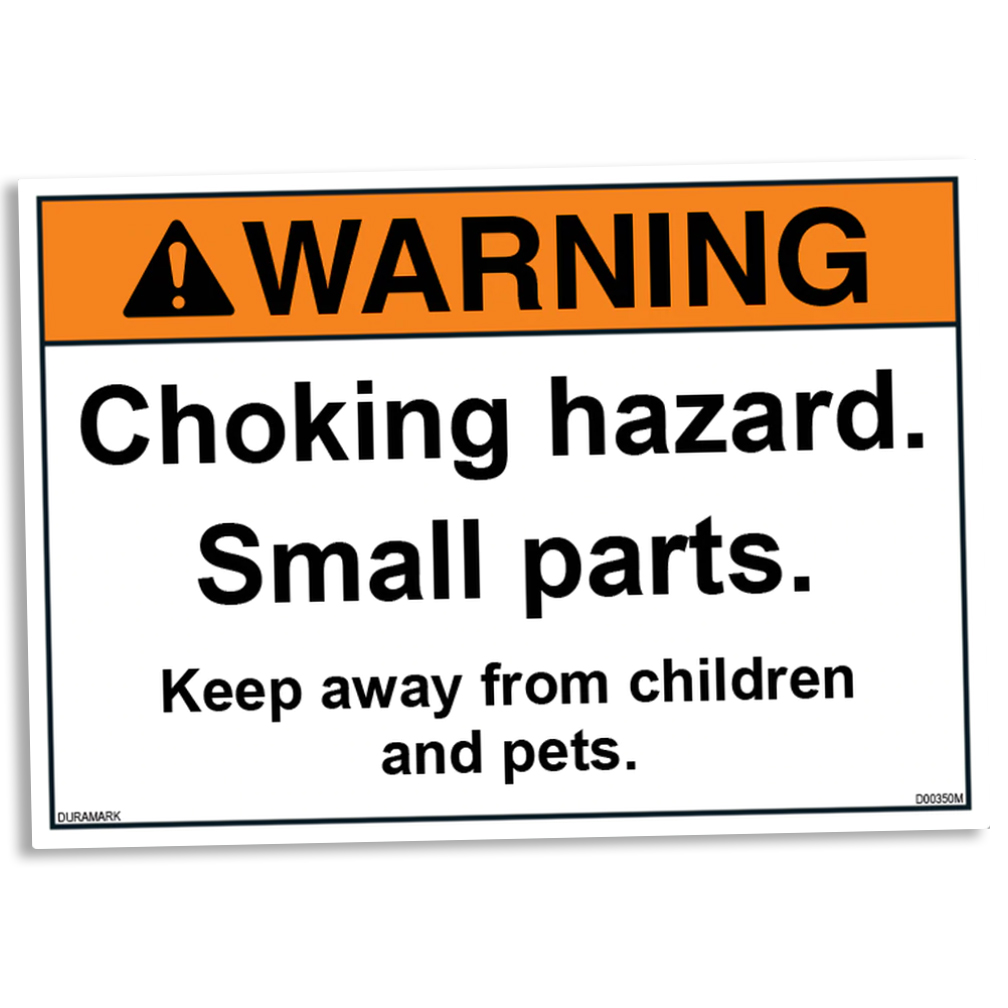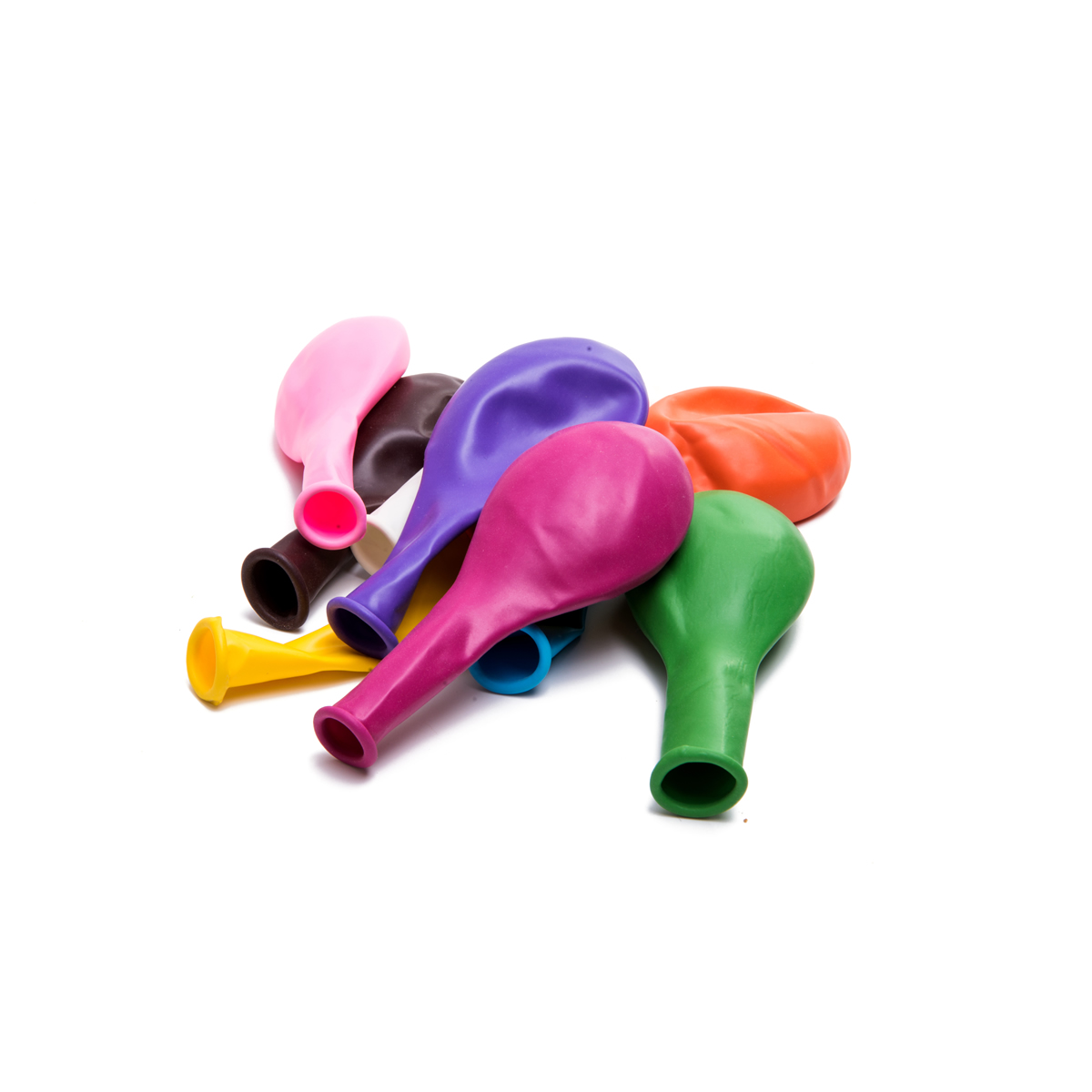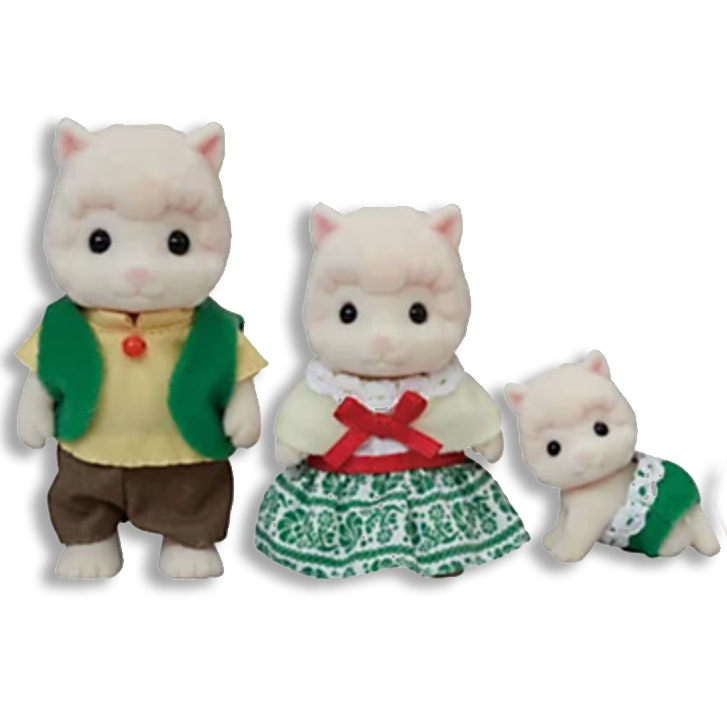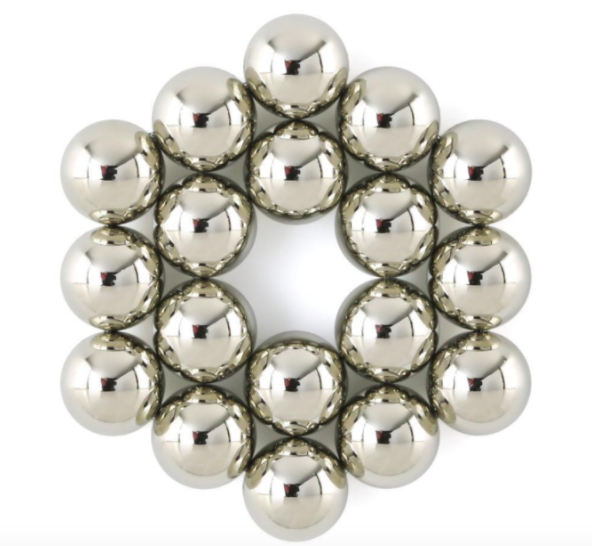
Trouble In Toyland 2020
35th Annual Toy Safety Report
Our 35th annual toy safety report.
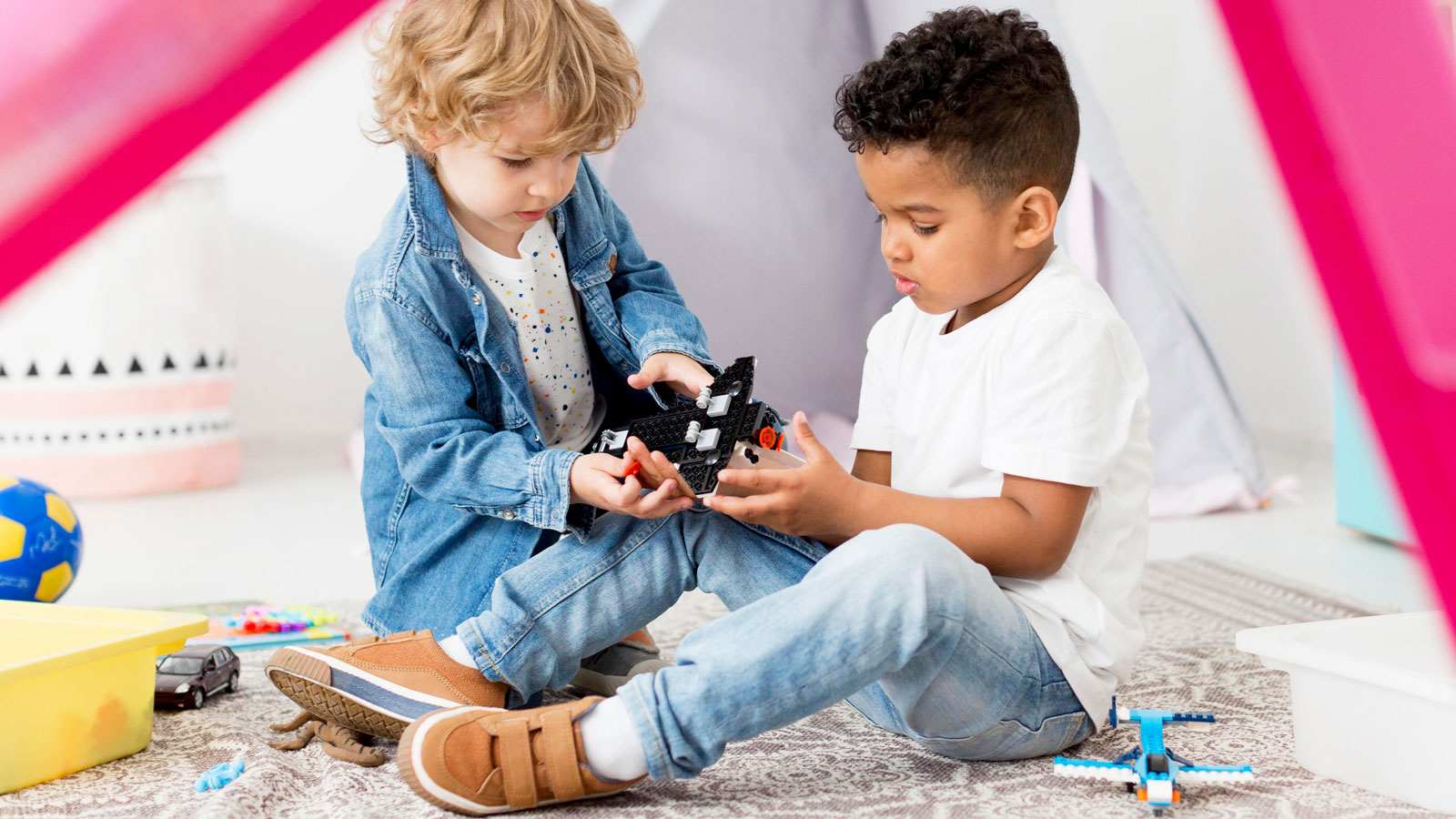
This year marks the 35th anniversary of our Trouble in Toyland report, which helps parents and caregivers spot toy hazards and offers advice to keep kids safer. As we approach the ninth month of the COVID-19 pandemic, many parents and caregivers in the United States still work from home while their kids participate in virtual learning. With siblings of all ages playing and spending more time together and parents juggling responsibilities with limited support, some dangerous toys are more difficult to supervise, and others are better left out of the home altogether.
2020 TOY SAFETY SURVEY: WHAT WE FOUND
A lot of progress has been made, but new problems are emerging
We need to advocate for stronger standards and enforcement
We need to more effectively notify consumers of recalls

Read the full report

Topics
Find Out More

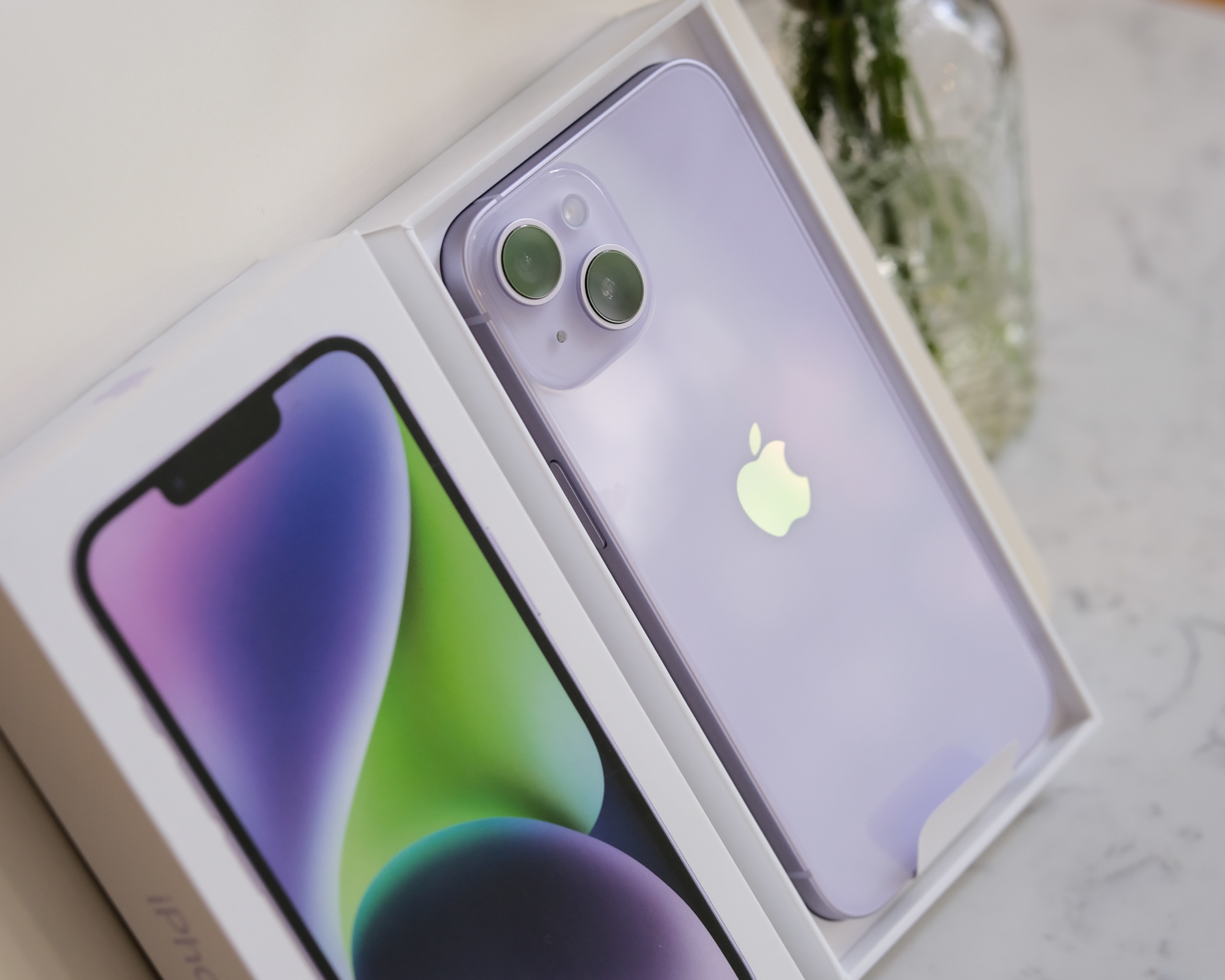
How to use iPhone privacy settings 2024

5 steps you can take to protect your privacy now
